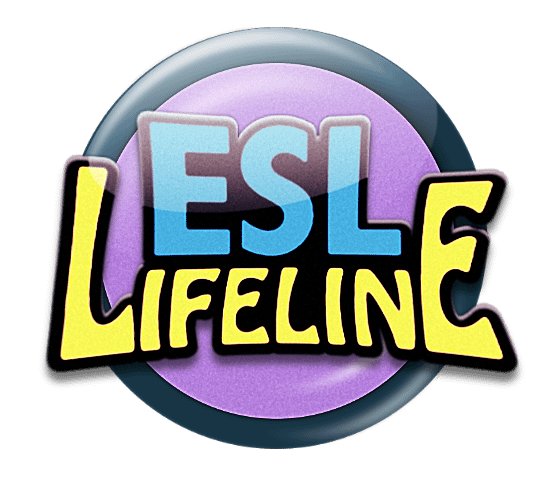by: Landon S. Seigler

“An author,” writes Mortimer Adler in ‘How to Read a Book’, “starts with the skeleton and tries to cover it up.”
Mortimer Adler
What does it really mean to be a ‘reader’?
Deep reading is not settling for the surface of the text. It is unearthing what the author has attempted to bury.
These days, deep reading is hard enough and teaching deep reading skills to English language students becomes a herculean task when distraction is thrown into the mix. Skimming and scanning are popular methods these students adopt to cope with distraction because the cognitive demands are less. However, too often these approaches are accepted as the only stages in reading and comprehension. There is much more to discover from any text.
Francis Bacon said of books that some needed “…to be tasted, others to be swallowed…”, while others needed more time to be “…chewed and digested.” Skimming and scanning allow a reader to taste what is being read. They are powerful tools in building reading skills, but they are also superficial and do not built deeper reading skills for English language students. In order to develop deeper reading skills, and unearth a text fully, a reader needs to become a ‘demanding reader’.
What is a ‘Demanding Reader’?
There are, arguably, two types of reading and readers: the superficial and the analytical. Superficial readers ‘taste’ a text. They read the headlines. They skim and scan, quickly pulling out explicit information. Analytical readers, on the opposite end, ‘chew and digest’ a text over a longer period of time. An analytical reader is a demanding reader, and therefore a textual archeologist. While reading a book, these readers actively work to try to ‘uncover the skeleton’ the author has attempted to artfully bury. They understand inferences and hunt for information, searching for clues with the fine eye of a detective and the delicate brush of an archeologist.
The 3-Step Process to Read Like an Archeologist
There are many ways to get students to demand more from reading, but the most effective are those that give them a sense of ownership of the text. Below is a 3-step process with simple instructions for getting your English language students to demand more from a text and become deeper readers.
1: Preparing Them to Read – Identify a Reason
A reason for reading in the first place must be identified before any true analysis can begin. Reason for reading can be harnessed by completing small tasks prior to reading, especially if the reading is longer. This lessens the taxation on a reader’s cognition by chunking information into more easily-manageable parts.
How to do it:
Before reading, get students to…
A. …underline, highlight, or color numbers, dates and words in the text that have similar meaning.
B. …build their own sentences using some vocabulary they pulled out.
C. …draw their own conclusions for each heading and sub-heading using a Know, Want to Know, Learned (KWL) chart.
D. …create a graphic organizer (mind-map, infograph, brainstorm) that shows what was found together in one place.
2: Guiding Them During Reading – Making Connections While Reading
Demanding readers do not just read; they write, and connections outside of the classroom must be made for information to begin to transfer from short-term to long-term memory. Reading and writing are reciprocal skills. Writing gives the reader an opportunity to engage with the intentions of the author.
How to do it:
While reading, get students to…
A. …identify and write the main idea fully in their own words.
B. …separate the text into different sections:
- Parts that supports the main idea
- Parts that do not support the main idea
- Extra information
C. …continue filling out the Know, Want to Know, Learned (KWL) chart.
D. …write the 4 questions below. During reading they must find the answer to each.
- Why was the text/book/reading passage written?
- What words does the author use to get my attention?
- Which sentences do I like the most and why?
- Which information in the text can help me personally?

Check out these FREE middle school bookmarks for getting essential tips on middle school life. Use them for keeping your place while reading AND learning the ins and outs of middle school.
3: Finishing the Reading – Give Students the Last Word
Active reading requires the reader to participate in the creative process. Just because the text has already been written does not mean it is finished. The author has “…had his say…” and it is the reader whose voice is required next. “The activity of reading does not stop with the work of understanding…” but “…must be completed by the work of criticism”.
How to do it:
After reading, get students to…
A. …identify the most important points of the reading.
B. …summarize the reading in as few sentences as possible while preserving the most important points.
C. … answer the questions below as if they were the author.
- What is your writing style?
- Why did you write this?
- What do you want from your readers?
- What kind of people would disagree with what you said?
D. …search for something in the text that they completely agree or disagree with. Get them to prove themselves right or wrong by further researching what they found.

Interested in learning how to teach your students to read as if they were archaeologists? Check out my pre-planned lesson on this here.
Anyone interested in becoming a more demanding reader and learning the true art of reading needs to read the book “How to Read a Book” by Mortimer Adler. Originally written in 1940, it is still very relevant today.
Adler, Mortimer Jerome, (1902-2001) How to Read a Book. New York: Simon and Schuster, 1972 (OCoLC) 647175838
